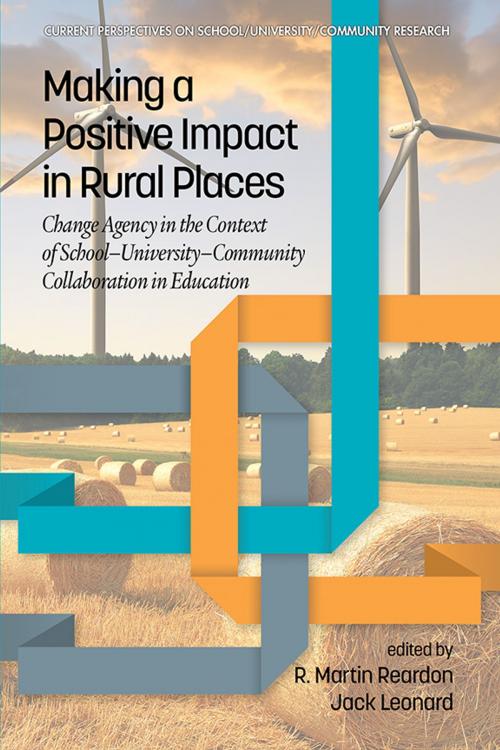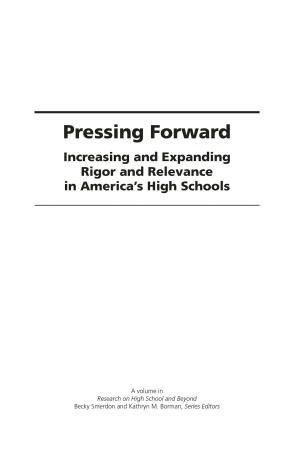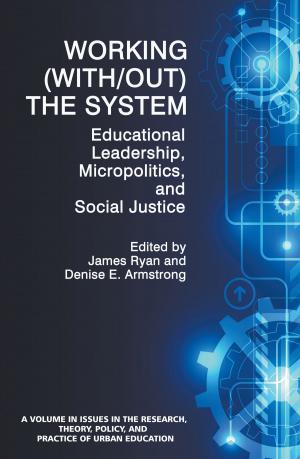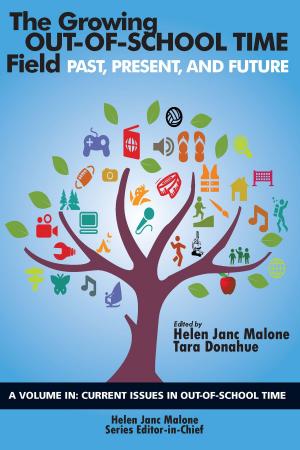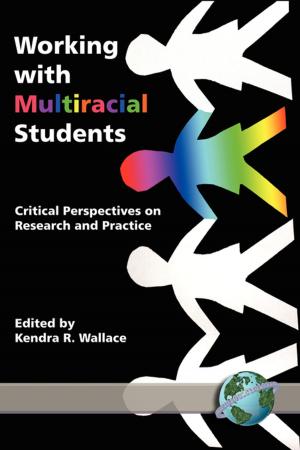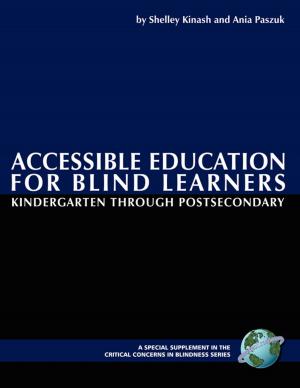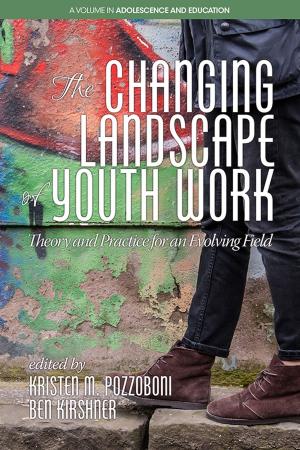Making a Positive Impact in Rural Places
Change Agency in the Context of School-University-Community Collaboration in Education
Nonfiction, Reference & Language, Education & Teaching, Educational Theory| Author: | ISBN: | 9781641132237 | |
| Publisher: | Information Age Publishing | Publication: | March 1, 2018 |
| Imprint: | Information Age Publishing | Language: | English |
| Author: | |
| ISBN: | 9781641132237 |
| Publisher: | Information Age Publishing |
| Publication: | March 1, 2018 |
| Imprint: | Information Age Publishing |
| Language: | English |
Following on from the preceding volume in this series that focused on innovation and implementation in the context of school-university-community collaborations in rural places, this volume explores the positive impact of such collaborations in rural places, focusing specifically on the change agency of such collaborations. The relentless demand of urban places in general for the food and resources (e.g., mineral and energy resources) originating in rural places tends to overshadow the impact of the inevitable changes wrought by increasing efficiency in the supply chain. Youth brought-up in rural places tend to gravitate to urban places for higher education and employment, social interaction and cultural affordances, and only some of them return to enrich their places of origin. On one hand, the outcome of the arguable predominance of more populated areas in the national consciousness has been described as “urbanormativity”—a sense that what happens in urban areas is the norm. By implication, rural areas strive to approach the norm. On the other hand, a mythology of rural places as repositories of traditional values, while flattering, fails to take into account the inherent complexities of the rural context. The chapters in this volume are grouped into four parts—the first three of which explore, in turn, collaborations that target instructional leadership, increase opportunities for underserved people, and target wicked problems. The fourth part consists of four chapters that showcase international perspectives on school-university-community collaborations between countries (Australia and the United States), within China, within Africa, and within Australia. The overwhelming sense of the chapters in this volume is that the most compelling evidence of impact of school-university community collaborations in rural places emanates from collaborations brokered by schools-communities to which universities bring pertinent resources.
Following on from the preceding volume in this series that focused on innovation and implementation in the context of school-university-community collaborations in rural places, this volume explores the positive impact of such collaborations in rural places, focusing specifically on the change agency of such collaborations. The relentless demand of urban places in general for the food and resources (e.g., mineral and energy resources) originating in rural places tends to overshadow the impact of the inevitable changes wrought by increasing efficiency in the supply chain. Youth brought-up in rural places tend to gravitate to urban places for higher education and employment, social interaction and cultural affordances, and only some of them return to enrich their places of origin. On one hand, the outcome of the arguable predominance of more populated areas in the national consciousness has been described as “urbanormativity”—a sense that what happens in urban areas is the norm. By implication, rural areas strive to approach the norm. On the other hand, a mythology of rural places as repositories of traditional values, while flattering, fails to take into account the inherent complexities of the rural context. The chapters in this volume are grouped into four parts—the first three of which explore, in turn, collaborations that target instructional leadership, increase opportunities for underserved people, and target wicked problems. The fourth part consists of four chapters that showcase international perspectives on school-university-community collaborations between countries (Australia and the United States), within China, within Africa, and within Australia. The overwhelming sense of the chapters in this volume is that the most compelling evidence of impact of school-university community collaborations in rural places emanates from collaborations brokered by schools-communities to which universities bring pertinent resources.
